Inspired by http://www.allkidsnetwork.com/crafts/animals/birds/peacock-craft.asp
(I'm going to rearrange the eyes with minor reconstructive surgery. We don't want an angry peacock!)
Setting up the craft-arranging-piecing.
Close up of the crest and feather. I made five small circles with a hole punch using dark blue paper. Then I added a dot of glue, spread it on each dot and dusted with dark blue glitter.
Materials used:
-paper: green for the feathers, off white for the eye area and quills, dark grey for the beak, dark blue for the brush-like crest on the peacock's head, dark green for the crest, too; purple background. The fancy gold and blue background paper is from the Paper Company in the color 'Turquoise Paisley' and made in India (US$1.00 with 50% coupon at JoAnns).
-glue
-sequins: gold, blue, light blue, green
-glitter in light blue/turquoise, orange colored glitter glue and dark blue
-hole punch
-scissors
-two black buttons for the eyes
A little bit about peacocks from the San Diego Zoo website:
Area:
India, Pakistan, and Sri Lanka; Southeast Asia; central Africa
Habitat:
Forests and rain forests
Food:
Grain, insects, small reptiles and mammals, berries, figs, leaves, seeds, and flower parts
Size:
27 to 51 inches long, depending on species
Babies:
Are called peachicks!
The long tail of an adult male is called a "train" and can reach 6 feet long!
Colorful Characters
Most people call them peacocks, but that's only the correct name for male of this type ofbird. Females are called peahens, and the whole group are peafowl. There are three types of peafowl in the world: Indian, green, and Congo. Most people are familiar with the Indian peafowl, since that is the kind found in many zoos and parks. Indian peafowl live in India, Pakistan, and Sri Lanka, green peafowl are found in Southeast Asia, and Congo peafowl are from central Africa.
The Indian peacock has some of the brightest feathers, but the peahen is a drab, mottled brown in comparison. The male needs his bright feathers to attract a mate, and the female needs to be able to blend in with the bushes so that predators cannot see her while she is incubating her eggs.
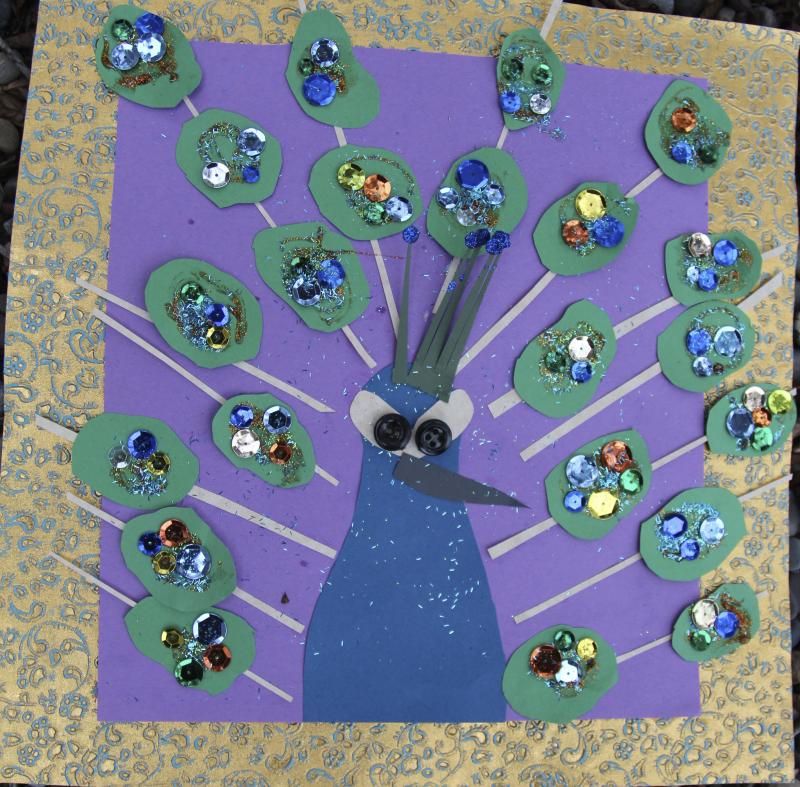
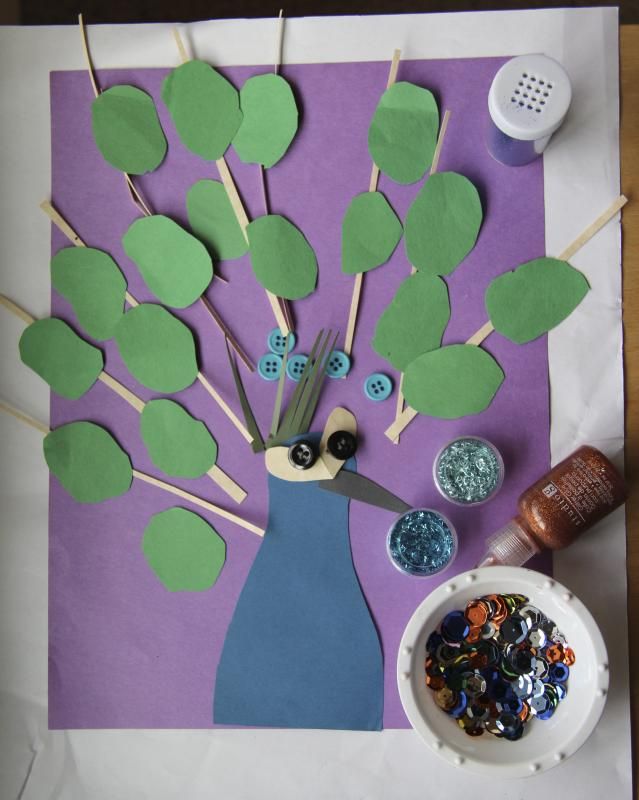
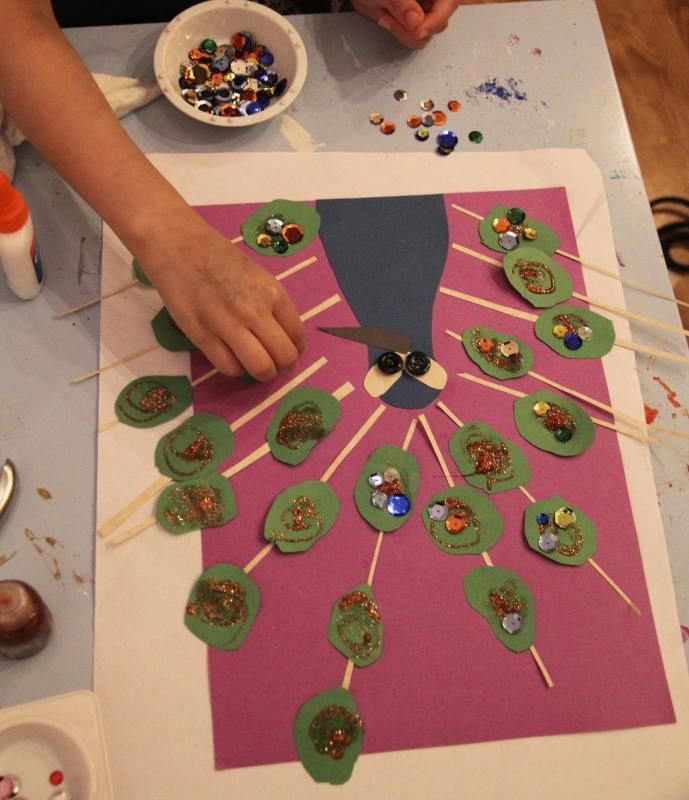
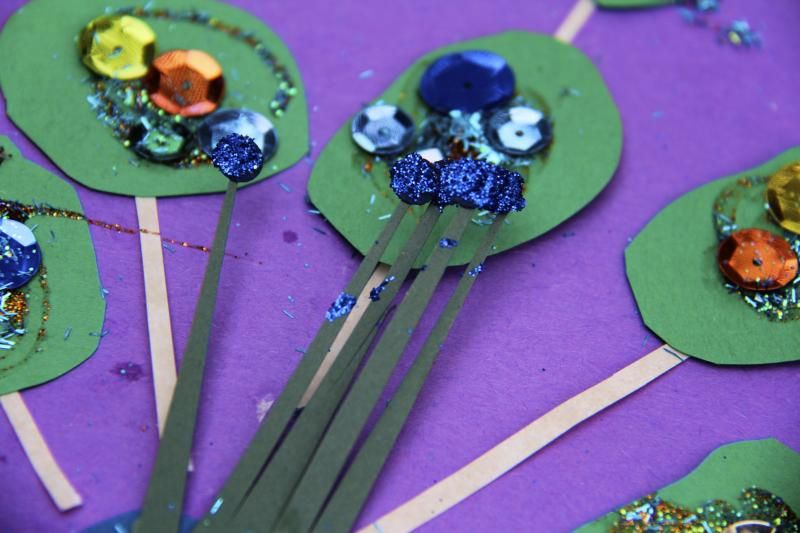
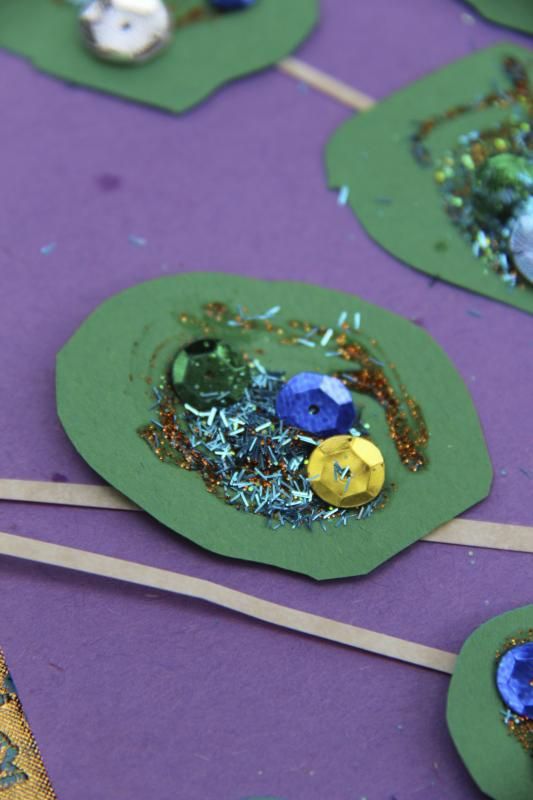
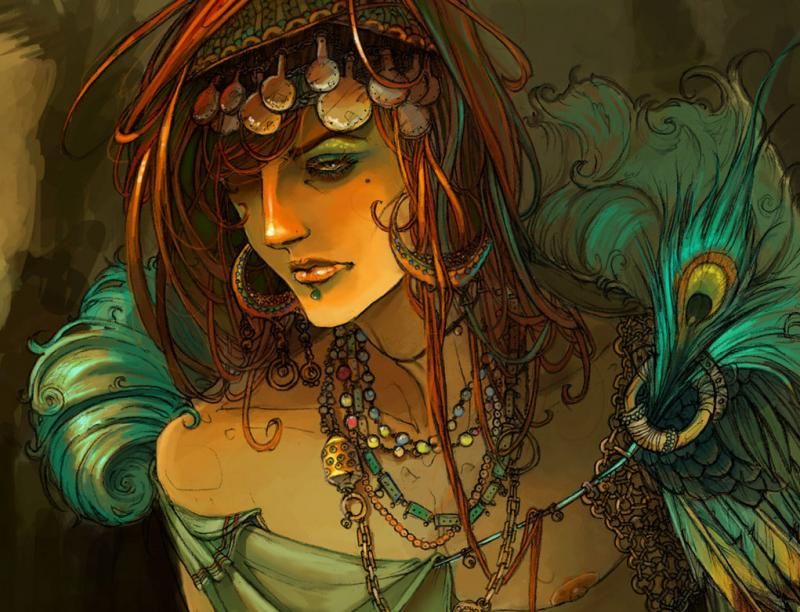
No comments:
Post a Comment